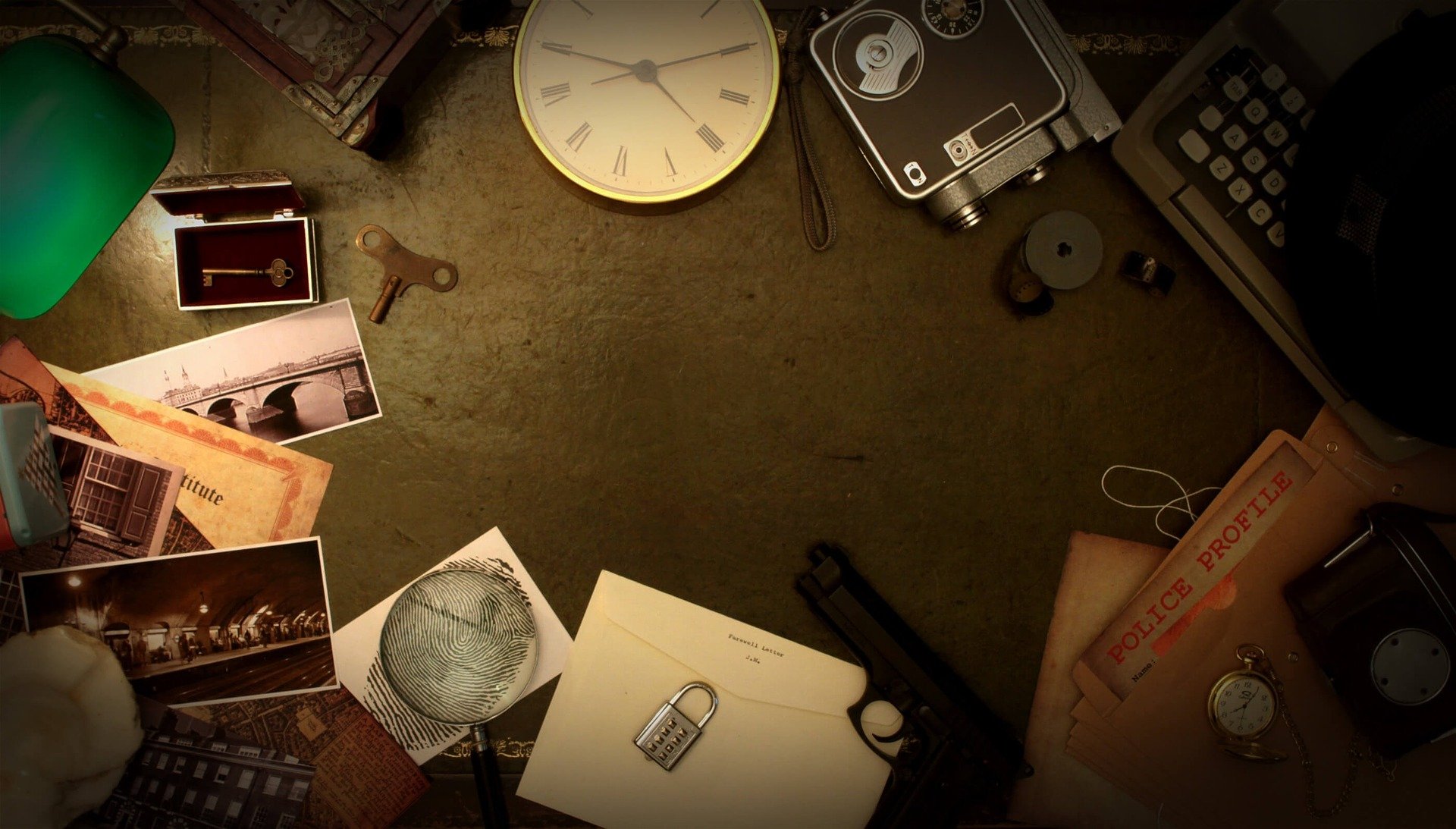Digital Escapes. The Importance of Spatiality in Game Design (WiSe 20/21 - OpenRUB)
Abschnittsübersicht
-

This course is a scaled down, inactive course that serves as a demonstration course for the creation of Escape Room Games. The course took place in the winter semester 2020/2021.
Course description
The project that the students worked on was the conceptualization, prototyping, and playtesting of a digital escape room. As escape rooms are known for offering the possibility to convey various content in a playful manner, the students examined one of the seminal theoretical frameworks for understanding space in relation to digital games and used it as the (theoretical) basis for the escape room. In preparation for creating the digital escape room, they have tested and analyzed an online escape room themselves and used VR headsets for the smartphone to compare how space is constructed in other media.These practical experiences supported the discussion and critical reflection on the theory. Subsequently, a game design perspective was introduced and adopted when working on the project.
The aim of the module is to adopt a creative, practical and theoretical perspective in order to gain in-depth insight in the medium as well as in the relationship and possible tension between spatiality and digital games.
MethodIn order to 'explore' the topics and texts, the lecturer has created a navigable introduction with the H5P tool on Moodle, so the students could gain more insight in the content of the project module. The background of this H5P unit were 360° images of the game Mass Effect: Andromeda. Information about the course was embedded within this area. To find out more about the course’s topics, the students had to click through the surroundings.The lecturer also provided an example escape room that the students played during the first session. They needed to solve the puzzles and riddles that were based on one of the texts of the course library. By clicking through one of the buildings of the RUB and using their knowledge about the text, they could solve the escape room. For example, Moodle's H5P tool called Flashcards was used as one of the puzzles. After answering all questions about the text correctly, the students received the answer to one of the puzzles.The web-based platform ThingLink was used to create the digital escape rooms. With ThingLink, one can design interactive 360° tours in which external images, videos and text can be embedded. The students either created their background images with a 360° camera themselves or searched for 360° images online. They used websites such as ‚learningapps.org', ‚h5p' and ‚lockee.fr' to create their puzzles, locks and hidden clues. Subsequently, the puzzles were embedded in their ThingLink project. Each group was assigned three texts of one of the main course topics. They had to incorporate information from these texts into their escape rooms, such as theses and definitions. This way, players can use their knowledge to solve the puzzles faster or learn about the topics when playing. Each group created their own concept, narrative, and puzzles. Some groups even created their own background music.The Moodle tool Wiki entailed information about the texts. These Wikis were created in a previous seminar that the students now could use as a stepping stone for their projects.The students could communicate on their group's etherpad and in a forum, to plan their projects and communicate with the other groups (e.g. to exchange ideas or ask questions). The individual feedback about the escape rooms was posted in the forum by the lecturer as well.
Lastly, a documentation and reflection on the group project and work process was a part of the proof of participation (Teilnahmenachweis). With Moodle's ‚Documentation Tool‘ from H5P, the students had to complete three ‚checkpoints‘ during the course. These checkpoints entailed guiding questions that served as a basis for the reflection on the project. The students had to describe their group's work process and their own role in the project at the beginning, the middle and at the end of the course. Respectively about their concept and assigned tasks, their work progress and a final evaluation. These were filled out anonymously. The lecturer could only see which group each member belonged to, and only addressed the group as a whole if there were any issueResults
You can see the results of the projekt module here: https://ifm.blogs.ruhr-uni-bochum.de/index.php/studium/studienprojekte/digital-escapes/
-
In order to 'explore' the topics and texts, I have created a navigable introduction, so you can gain more insight in the content that this project module will cover. Click on the title 'Exploring the Course' to access the tool.
If you experience any technical difficulties or cannot access this tool, please let me know per e-mail.
-
This is the example escape room that you've played during the first session. In case you haven't played it yet or would like to replay it:
- you need a pen, paper and a functioning email address
- Starting point is the red exclamation point
- The backdrop is the text 'Allegories of Space' by Espen Aarseth
(Length is approx. one hour)
- Tip: not every clue is equally important








